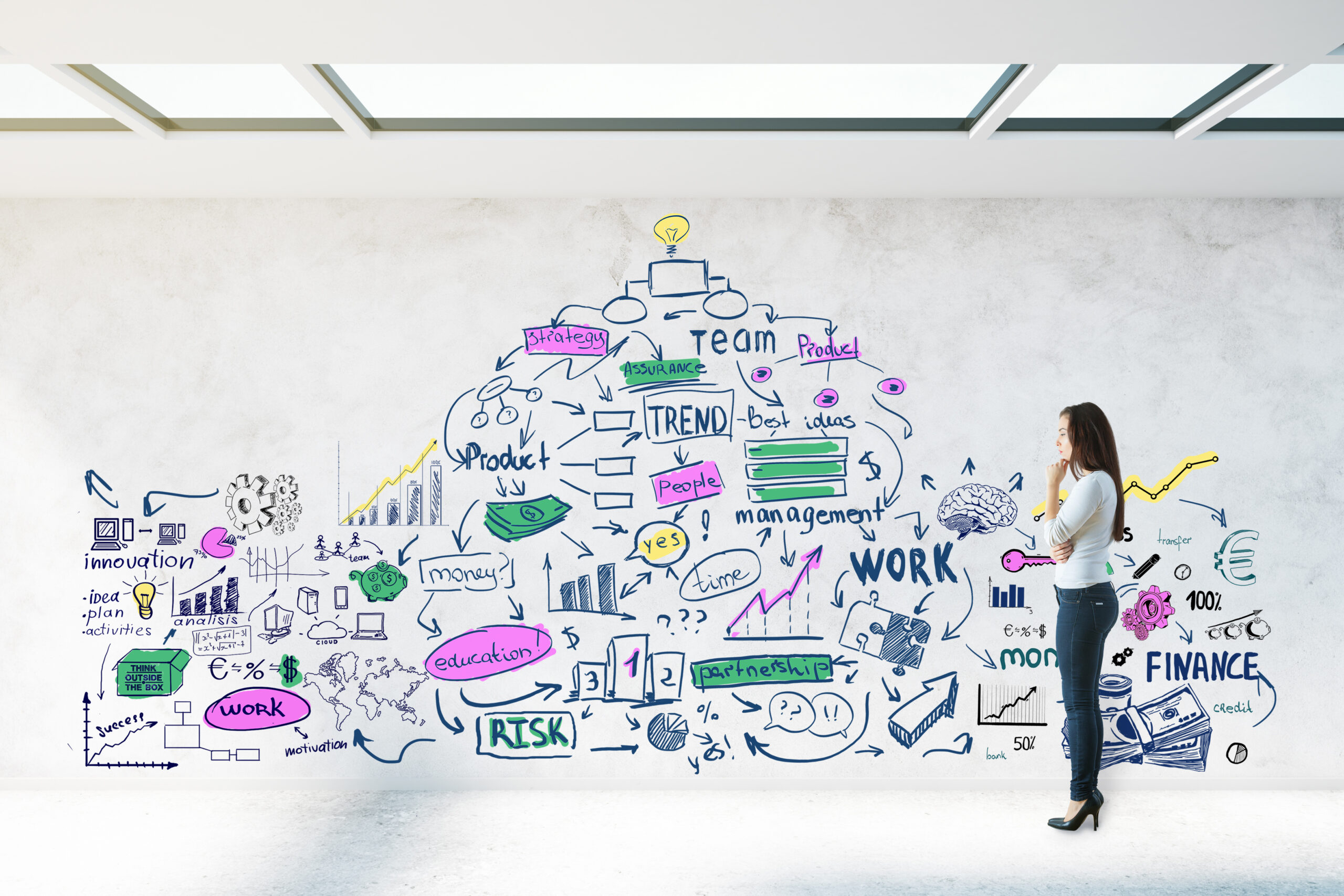By Monika Mueller
It’s been ten years since Google’s article, Introducing the Knowledge Graph: things, not strings, put knowledge graphs on the map. Since then, this technology has steadily inched its way toward the mainstream, as more organizations learn about the capabilities and uses, and slowly start to adopt the technology.
The big players are already there. Beyond enhancing Google search, knowledge graphs are used to power virtual assistants from Apple, and also power Amazon’s product graphs. Yet many of us are still asking:
What is a knowledge graph?
A knowledge graph is a relational reasoning engine that, according to Google, “understands real-world entities and their relationships to one another.” In other words, “things, not strings,” meaning that rather than basing a search on a standalone keyword, a knowledge graph powered search engine can interpret the meaning of words and provide relevant results based on your previous searches and related content.
But knowledge graphs go well beyond words. Information can be in the form of data, images, audio and videos about a person, entity or object. Also known as a semantic network, a knowledge graph stores this information in a database that’s visualized as a graph structure. While it’s clear how adding context can contribute to the next generation of search, what can knowledge graphs do for you?
Knowledge Graph Use Case
Simply put, a knowledge graph makes it easier and more efficient to access and process information. This advanced method of organizing data can dramatically enhance tech infrastructures like databases, APIs and machine learning algorithms. That’s because knowledge graphs have the ability to bridge the gap between siloed data in order to promote a coherent understanding across the board.
So what does this mean for your organization, and why should you care? According to Molham Aref of RelationalAI, who I interviewed for Softensity’s leadership series, “knowledge graph management systems will make it — in order of magnitude — easier, cheaper and faster to build sophisticated predictive analytical data applications.”
According to Aref, knowledge graphs are key to efficient, accessible digital adoption. The technology can be used in conjunction with AI and machine learning to modernize legacy data applications. Ultimately, knowledge graphs can help organizations produce smaller, more efficient code to create more productive technical environments that won’t become antiquated in five, or even 30, years.
Aref talks about an example of a legacy app that was written in 800,000 lines of C-Sharp and “God knows how many lines of SQL.” RelationalAI helped re-platform the app and digitally transform it into a relational knowledge graph management system. The results? Less than 10,000 lines of code in a fourth of the work effort. And, according to Aref, “The new solution does more than the solution we replaced.”
More Knowledge Graph Applications
There are myriad applications for knowledge graphs, beyond Google’s search, Amazon’s automated product graphs, and even modernizing legacy apps.
Knowledge graphs can be used for:
- Search
- Chatbots
- Data governance
- Fraud detection
- Customer 360s
- Knowledge management
Knowledge graphs can even help you discover new business opportunities by mining relationships in connected datasets. There are growing applications in virtually every industry, from the financial sector and medical field to education and geoscience.
Sound promising? We think so. Learn more along with us, as we talk to industry leaders and share more insights on how to harness the power of knowledge graphs within your organization.
